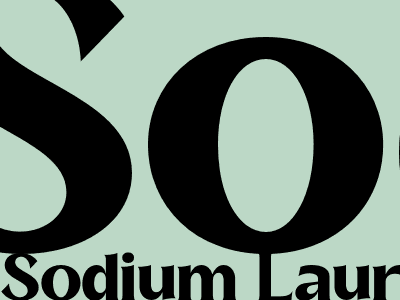Sodium Lauryl Sulfate: A Culprit Behind Acne
What is Sodium Lauryl Sulfate (SLS)?
Sodium Lauryl Sulfate (SLS) is a common ingredient found in many personal care products, including shampoos, soaps, and body washes. It is a surfactant, which means it helps to create lather and remove dirt and oil from the skin.
How Does SLS Cause Acne?
SLS can disrupt the skin's natural barrier, making it more susceptible to bacteria and inflammation. It can also strip the skin of its natural oils, leading to dryness and irritation. Both of these factors can contribute to acne breakouts.
Alternatives to SLS
If you are concerned about the potential for SLS to cause acne, there are a number of alternative ingredients that you can look for in your personal care products. Some common alternatives include:
- Cocamidopropyl betaine
- Sodium laureth sulfate (SLES)
- Decyl glucoside
Other Factors that Contribute to Acne
It is important to note that SLS is not the only factor that can contribute to acne. Other factors include:
- Hormonal changes
- Diet
- Stress
- Genetics
How to Treat Acne
If you are experiencing acne, there are a number of things you can do to treat it. Some common treatments include:
- Over-the-counter acne medications
- Prescription acne medications
- Lifestyle changes, such as diet and stress management
Conclusion
Sodium Lauryl Sulfate (SLS) is a common ingredient in personal care products that can contribute to acne. If you are concerned about the potential for SLS to cause acne, there are a number of alternative ingredients that you can look for in your products. It is also important to note that SLS is not the only factor that can contribute to acne. If you are experiencing acne, there are a number of things you can do to treat it.

Komentar